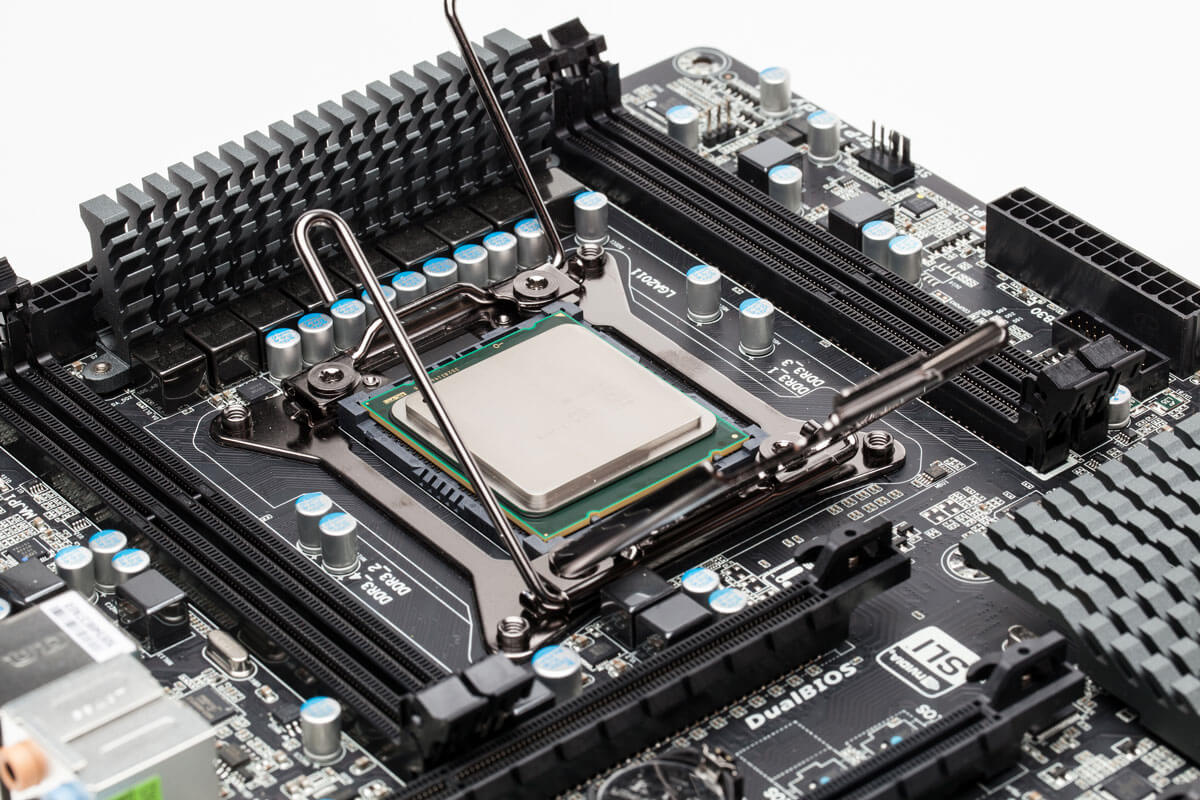 The advantage of most desktop PCs is that they can receive a CPU (Central Processing Unit) upgrade which then supports improved and faster performance plus the ability to handle more intensive video games.
The advantage of most desktop PCs is that they can receive a CPU (Central Processing Unit) upgrade which then supports improved and faster performance plus the ability to handle more intensive video games.
When considering a gaming PC, most builders understand they are buying for the future. A good gaming PC platform offers additional upgrades via more HDD or SSD storage, additional RAM, upgradeable graphics cards and also upgradeable CPU’s.
All things being equal, an updated or more powerful CPU can take better advantage of existing games. Multi-core CPUs spread the processing load across more cores and can get the job done faster.
For gaming, this initially benefits gaming performance. This is noticeably with quicker loading times, less waiting before and after cinematic cut-scenes and better performance when dealing with intense multiplayer situations.
These are the improvements that are expected once you upgrade your PC’s CPU with gaming in mind.
CPU upgrades, not for the faint of heart
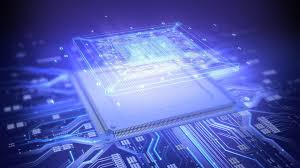
Replacing a CPU requires skill, knowledge and expertise. Consider asking help from Best Buy’s Geek Squad.
You will back up all your files and data. Then, you will disassemble your PC, dig into the bowels and guts of your expensive machine. You will need to unscrew and unplug various components (and put them back together again) to reach the heart of your computer, the CPU. It is no mean feat.
Once you do get to the CPU, you will likely need to unscrew the fans, clean out substantial gunk, dust and debris while making sure not to damage any of these critical components.
Once the old CPU is exposed you’ll need to carefully pry it out of its socket. Clean the area (and the new CPU) to apply, very carefully, the thermal paste required to connect and cool your new CPU once it turns on for the first time.
The Internet has many tutorials on how to do this, but I would suggest asking the help of a professional or at least someone who has successfully made the upgrade on a similar system.
Once your new CPU is installed and everything is properly put back together. You need to observe temperature and performance, update any drivers pertaining to the new CPU as well.
It helps to run the CPU for various hours to monitor performance and temperature and check if you need to re-seat or reapply thermal paste.
New CPUs offer power and performance

It is a given that a CPU upgrade will visibly give you improved speed and performance and in some cases, power efficiency. With more processors on tap, some applications can double in speed.
What is more dramatic are generational capabilities which are unlocked by adding new CPU’s that can easily enable features and capabilities that were unavailable before. CPUs are designed to offer improved performance but also to handle more demanding applications.
Consider Microsoft’s new Mixed Reality capabilities for Windows 10 and the accessory headsets and hand controllers that unlock a whole universe of immersive VR games and experiences that are built right into Windows 10.
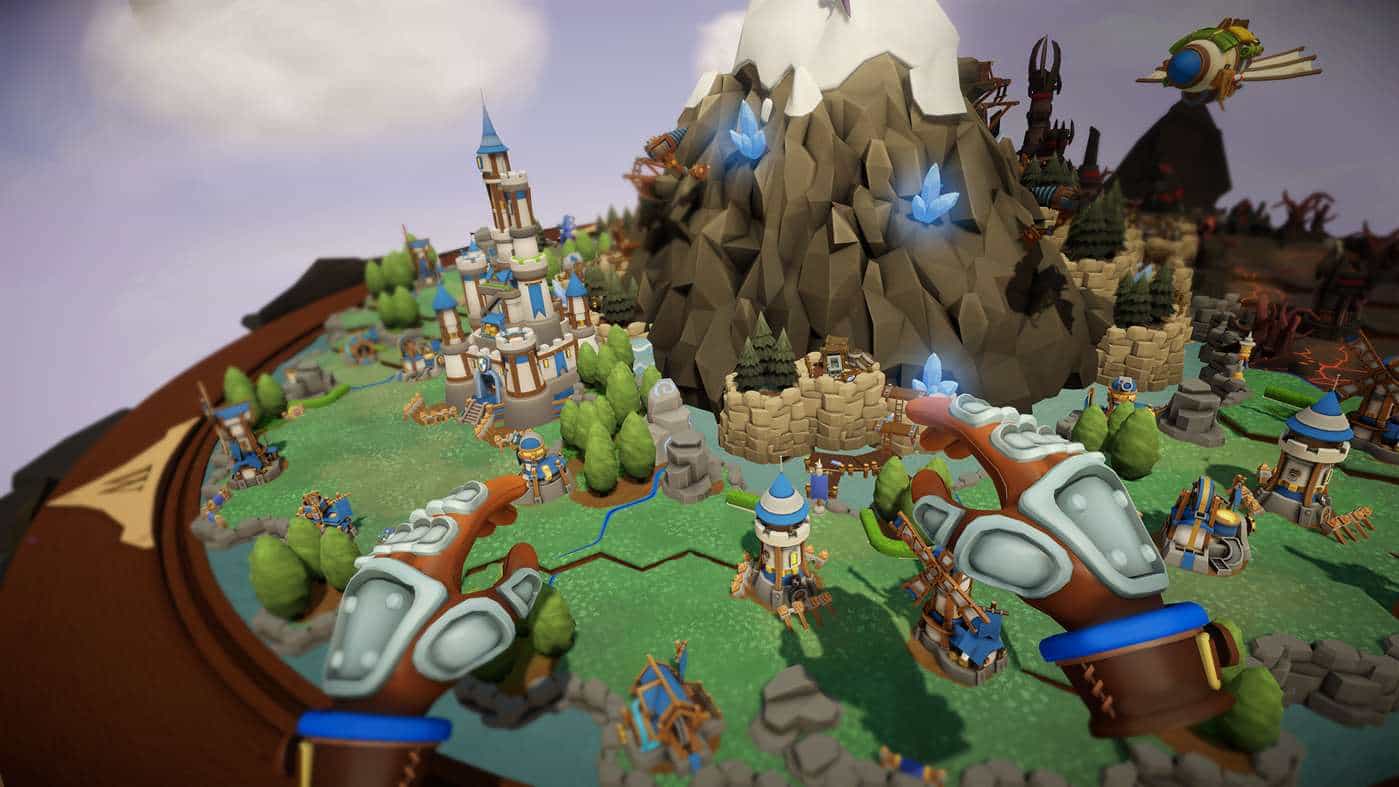
To be able to take advantage of these capabilities you need a PC that has an eight generation Intel Core processor. Dubbed Coffee Lake, these processors have just started shipping (but they mobile versions are available on certain laptops and gaming PCs right now).
These 8th-Gen processors enable a whole new spectrum of plug and play VR on PCs that is far easier and more convenient than having a standalone VR rig such as an Oculus Rift or an HTC Vive.
The architecture and design as well as power envelope of these processors ensures that jumping into Mixed Reality on Windows 10 is smooth and easy as well as immersive and enjoyable.
Tested on Windows Mixed Reality

I had the opportunity to try Windows Mixed reality on the latest 8th generation Intel Core processors running on both a desktop PC as well as a high-end gaming notebook and was very impressed by what this platform was able to achieve.
The biggest challenge of VR is sustaining the illusion of time and space (without making the user ill or dizzy), This requires smooth graphics at frame-rates that trick the human eye and give you that ‘feeling’ of being somewhere else, even if you’re just standing in a living room or basement.
While Windows Mixed Reality is built into the Windows 10 Fall Creator’s update, you really do need the latest hardware as well as Mixed Reality headsets to make it work.
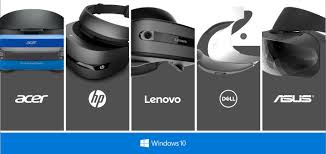
Outfitted with an Acer Mixed Reality headset and controllers, I was transported in to a Cliff House which served as the starting point for various games and experiences.
There were puzzles, immersive and photo-realistic jaunts up mountains and gaming experiences that required fighting aliens while shielding myself.
The experience was very convincing. Even if these were demo titles and games, I did feel my heart rate elevate and was soon slick with perspiration from the intense action involved.
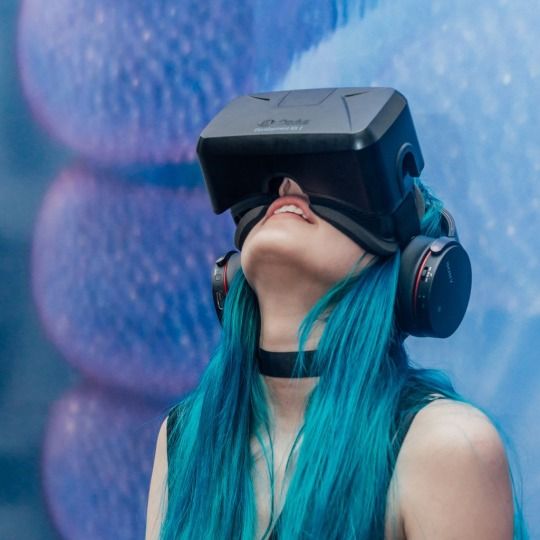 After returning to reality, I regarded the gaming laptop, which powered the whole experience, with more respect and awe.
After returning to reality, I regarded the gaming laptop, which powered the whole experience, with more respect and awe.
A year ago, it would have required a substantial desktop, a heavy wire-laden headset and various external sensors to make me experience what I just did.
A year ago, it all depended on the graphics card or GPU, but today, the CPU can manage most of the necessary processing to help the technology be more affordable.
A matter of motherboards

PC CPUs usually can be upgraded easily but this is all determined by the motherboard. In the case of the new Intel 8th generation processors, they do require a new motherboard architecture since they are a huge generational leap forward.
For people building new gaming PCs the answer is simple, get the latest and best motherboard and CPU combination you can afford (also note the system requirements of your favourite games). This ensures you have a lot of headroom for future upgrades.
If you already have a PC and want to upgrade it for better performance, things are a bit trickier. If you can swap out your CPU for a newer version guaranteeing improved performance, then definitely go for it.
If you might require a whole new motherboard (and likely a new power supply suited to the demands of that mother board) then expect your budget and build time to balloon.
Conclusion

Transforming your PC for gaming can be done in various ways and one of them is by replacing the Central Processing Unit or CPU to add improved performance and power.
Newer CPUs unlock capabilities like Windows Mixed Reality which can take gaming to a whole new level and introduce VR games and experiences. They also extend the life of your PC as a gaming and computing device.



